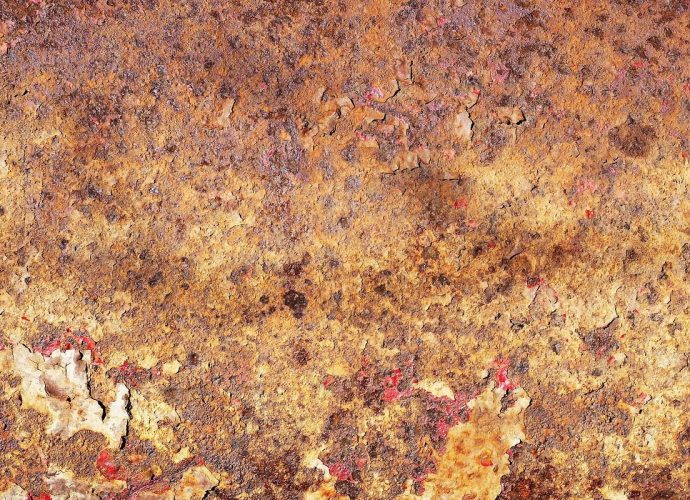Is Tube Feeding Enteral Or Parenteral?
Parenteral feeding refers to liquid nutrition processed by the veins. It’s considered riskier than enteral feeding, but often results in improved health and energy. Some people undergo parenteral feeding while recovering from surgery or other medical procedures, while others require it long-term. What kind of feeding is tube feeding? TubeRead More →









